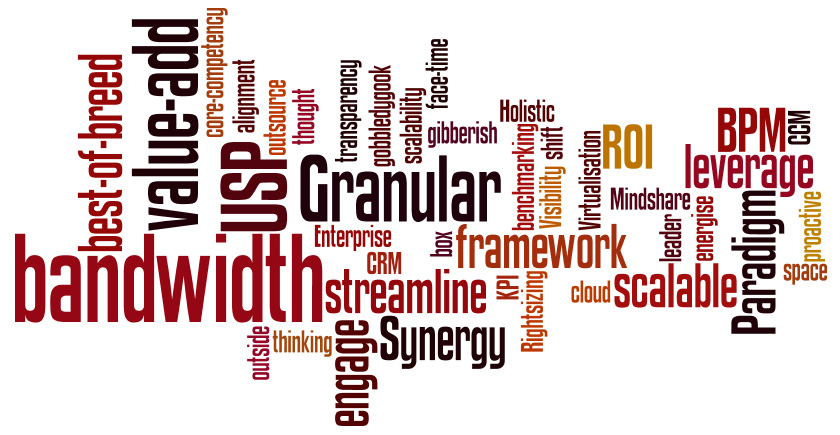
Are your communication patterns working against you?
We are primarily creatures of habit. We follow similar patterns of behaviour day to day whether it be the way we get ourselves ready for work, the way we travel to and from destinations, the way we plan and arrange our lives. From a brain perspective they conserve energy, and prevent us becoming overwhelmed as we don’t have to constantly be making decisions on what to do and how to do it. Most of the time these patterns and habits serve us well; in fact 95% of our day is undertaken through our subconscious habits and patterns of behaviour. This includes the habits we have for communication and the conversations we hold. Many of our conversations are scripted from our subconscious mind and thus can be detrimental to us and those around us we love and care for.
Through my work with clients I help them see the impact their patterns of communication have on others. Recently, one of my clients was frustrated because, even though he was a senior engineer, he felt no one listened to him or wanted to agree with him . Feedback showed that he was perceived as arrogant and he didn’t listen to what others had to say. My client had no awareness of any of this and this insight hurt him. He had always believed the breakdown in communication was the fault of others.
My client is very loyal to the company and passionate about helping it thrive. He works very hard and, given his intelligence, he often did have the right answer. None of this mattered because his communication patterns didn’t align his impact with his intention.
He would into the meeting with a clear intention albeit an inwardly focused one, to have everyone agree with his opinion. When he didn’t get what he expected, he said he felt his professionalism was being threatened. He then responded with more of the same unhealthy patterns of behaviour and it spirals down from there.
When we are inwardly focused, we don’t see the impact our communication patterns have on others.
Judith E Glaser, founder of Conversational Intelligence® and the Creating WE Institute® has identified seven habits / patterns that disrupt relationships and can have a profound impact on others
Seven I-Centric Habit Patterns
As you read the following seven I-centric habit patterns, identify ones that do not serve your organization and see them as opportunities to develop WE-centric patterns. Monitor your impact. Notice how, by shifting to WE-centric patterns, you increase positive energy, focus your colleagues on creating the future, and enable greater leadership behaviours in everyone.
- So, I’m the boss:Fear of giving up power and control; the belief that you need to tell people what to do.
Impact: You do it all; limit the accountability of others; fail to access organizational genius.
- I’ve got a case on you:Blame others for making mistakes; build cases and play off weaknesses; be judgmental.
Impact: Holding grudges; resting on your laurels, limiting growth; negative workplace culture.
- Giving up, giving in.Fear of the future; resigned to less than what you want; bailing out; hopelessness; loss of will.
Impact: Stagnation, loss of will, dissatisfaction, and frustration.
- Hanging on for dear life:Fear of sharing; holding on to knowledge and past successes; carrying baggage.
Impact: Destroys relationships; limits potential; limits personal power.
- Know it all:Has all the answers; doesn’t listen to others.
Impact: Assumptions and inferences; closed-down space.
- I lost my voice!Accept authority; follow Groupthink and maintains the status quo; unwilling to rock the boat; unsure of own voice.
Impact: Mediocrity; loss of insight and inspiration.
- Taking it to heart:Taking others’ points of view to heart; loss of trust in instincts; negative self-talk.
Impact: Loss of spirit and self-esteem; stops engaging.
The good news is that we can overcome our patterns and learn new and better ways to interact and communicate with others. It is all about understanding how words and actions impact on our brains and knowing how to change the impact through better use of words and conversations.
Conversational Intelligence® is a learnable skill that will radically transform your relationships, your business, and your teams. It is simple, practical and transformational.
When you find yourself frustrated or angry during a meeting, take a step back and take note of what is happening.
- Who is doing all the talking?
- Who is listening?
- What are they trying to say?
- Are the questions engaging or leading?
- Are the questions opening up the conversational space or closing it down?
Once you learn what communication patterns are working against you, you can then work to improve them using these 4 tactics.
- Talk less and listen more
- Ask questions from a point of curiosity and wanting to know more
- Keep an open mind
- Ask permission to have your say
And remember………“Everything happens from conversation”





